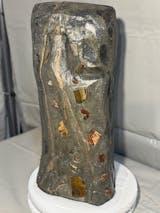The ultimate and easiest way to create the perfect vertcial concrete wall mix. Tru Pac is a simple mix additive to create the perfect consistent vertical wall blend. After setting the Tru pac mix delivers consitency in application and makes for the best mix for stamped and carved vertical concrete wall finishes.
EXPERT APPROVED! - Used by most of the top concrete artisans in the industry!
Here are some typical Questions about the Tru Pac Vertical Mix.
What are the differences between the Trupac X and Trupac V?
Tru Pac V is a 20 lb ad pac that is added to a 60 lb bag of TYPE N MORTAR MIX. It is a traditional vertical mix in that it is designed to be applied from 1-4 inches thick, is considered lightweight and has a long working time. It is recommended for both indoor and outdoor with a proper water proofer. It should always be applied into a proper scratch coat.
Tru Pac X is a very versatile, high strength 16 lb ad pac that is added to an 80 lb bag of TYPE S MORTAR MIX. It can be applied from approximately ¼ inch up to 4 inches on properly profiles scratch coats. It is non-lightweight, resin and fiber modified and used both indoor and outdoor. Its uses range from decorative vertical, countertops, furniture and some flatwork overlayment.
What is the coverage of the products?
Vertical mix coverage can vary greatly based on thickness applied and how much loss you actually have carving. Both X and V provide about the same coverage even though the batch weights are different. V is an 80 lb batch that is lightweight, X is a 98 pound batch that is normal weight. Generally you can expect approximately 12 sq ft at 1 ½ inches with either mix. If you are going to only go ¾ inch thick then double your coverage to around 24 sq ft. Conversely if you are going 3 inches thick the you will only cover about 6 sq ft per batch.
Do I really need a scratchcoat?
Yes, you really should make use of a proper scratchcoat.
Do I really need lath?
Lath is situational. We highly recommend lath when you can use it to ensure the very best subsurface to which you are going to carve your material. Since the lath is to be independently secured to the structure you are never going to experience an issue with failure of the material from the surface. If you choose just to use a bonder to apply a scratchcoat to your surface, you are then relying on that bonder for never failing. The mechanical security of the scratchcoat provides far better security. In most cases we recommend Spider Lath for ease of use and it’s non degradation properties to cementitious materials.
What is a proper scratchcoat?
A proper scratch coat is one that provides an adequate profile to support the thickness of vertical material to be applied on top. For thinner applications, under ¾ inch, a strong broom type scratch will be adequate. For applications over inch it is recommended to use a scarifier rake to create adequate 1/8” to ¼” horizontal channeling of the scratch coat. Recommended scratch material is the same simple mortar that is used with the Tru pacs. Save money, do not use the tru pac mixes for the scratchcoat.
Do I need a primer?
When using either Tru pac on a proper scratchcoat it is not necessary to use a primer (bonder). You should only need to wet down your scratchcoat just before you apply your carving mix. This helps with hydration and natural bonding of the scratchcoat to the topcoat.
Tru pac X is often a material used over EPS(foam). In this case Structure Coat is really a must. It bonds incredibley well to the foam and creates an ultra strong surface for the vertical to adhere to.
How thick can I put on the Tru Pac?
Tru Pac V – 1-4 inches, Tru Pac X – ¼ inch to 4 inches.
Can it be stamped?
Yes, either mix can be stamped as long as it meets the minimum thickness needed for the stamp impression. Bear in mind Tru Pac V should still be applied at a minimum of an inch regardless of stamp profile.
Do I need a bonding agent with Tru Pac? Generally no. Walttools recommends that you only need to thoroughly water down the scratch coat before application of the carve coat. An exception is when one is applying a scratchcoat to a non-lathed surface such as over foam. The scratch coat will need a bonder to adhere properly to that surface. As mentioned prior, NO bonder should be needed to for the actual Tru Pac carve coat to be applied that that scratch coat.
How strong is this stuff?
Strong enough! Tru Pac V cures out at approximately 3000psi. Tru Pac X will exceed 4500 psi on final cure. Either are plenty for artificial surfaces. The X will provide higher abrasion resistance due to the nature of the mix.
What causes cracks in my vertical?
Cracking is one of the most frustrating and least understood results of decorative vertical concrete. What we ask of a decorative vertical mix may be the most demanding in all of the decorative industry. We want a mix that is pliable like clay yet stick to a wall like glue, stays workable for extended times, attains a “high psi”, can be colored, stained and sealed with anything and is a reasonable cost. Not easy. MOST of the time crack issues can be traced back to an oversight in usage. Nearly all issues can be traced to one of the following:
- Make sure you are using the proper mortar MIX with your Tru Pac. Mortar CEMENT is NOT mortar mix. They are entirely different but that is the number one mistake made. Mortar mix will come in 60 or 80 lbs bags(USA). If your bag is 55 lb, 75 lb, etc, it is probably not mortar mix.
- Water amounts can be a big factor is cracking. Too little or too much can result in cracks either right away or near future. You should almost always be within 8 ounces of the instructed water amount with these mixes. If you are finding you need much more or much less water than the data suggests, see 1 as that is probably the issue.
- Weather conditions. Hot temps, low humidity, wind and direct sun can all contribute to a loss of moisture on the surface of the mix and can result in cracking. The thinner the carve coat, the less time you will have to work with it period. If you factor in harsher conditions you need to factor that in. Often times, misting the surface every 15 minutes or so will help control moisture loss. This type of water addition is NOT detrimental to the mix as explained in 2. You may also consider a sun shade for the obvious and draping plastic over the surface as you proceed to help with wind drying.
- Overworking your mix. This is especially true for thinner applications. Once the mix starts to set up on the scratch coat it has a fragile bond with that surface. If you keep manipulating the surface and constantly fracture the bond to the subsurface, you can end up with micro-cracking once cured.
- Improper scratch coat. Aggressive scratch coats are very thirsty for water. If you plan a thicker carve coat, 1-3 plus inches, you need a heavy profiled scratch coat. If you plan a thin carve coat of Tru Pac, then your scratch coat need not be too aggressive(broom scratch). The less aggressive scratch coat will put less of a water demand on your Tru Pac carve coat, thus less drying out. No matter the style, keep the scratch coat wet down.
- Thorough mixing of batches. Any cake baker can tell you that if you toss 5 ingredients in a bowl, shuck it around a dozen times with a spoon and throw it in the oven, you likely not get a good cake. Same here with Tru Pac. There are many ingredients in Tru Pac and all of them need to be mixed thoroughly with the prescribed mortar mix. If not thoroughly blended you have a mix with both light and heavy spots of critical ingredients. That makes for a botched cake for sure. Follow the instructions on the bag and/or data sheet for mix details.
- This is more obscure but is relevant with Tru Pac V. V is meant to be “carved” meaning plenty of deep cuts creating stones and other artifacts. All of these deep joints provide plenty of stress relief from potential cracking. Using V for just a texture coat is not recommended for this reason.
Can I color my Tru Pac?
Certainly. It can be colored in several ways (color and stains sold here). Integral color which is a designated amount of powdered color mixed in each batch. This is especially useful when you need an easy base color overall. Water based stains are the most common way to color. Water base stain is just simple spray on and let dry. Acid stains work well but are not recommend for vertical due to drip marks. Concrete Dyes also work very well.
Do I need a release to stamp Tru Pac?
Yes. Either powder release or liquid release should be applied to the stamps or texture tools when manipulating the surface.
How long does it take to dry?
Tru Pac will CURE out at varying rates depending on thickness and ambient conditions. Tru Pac X is usually in 24 hours if under 1.5 inches. Tru Pac V can take up to three days especially if 3 plus inches thick.
Do I need a sealer?
Yes and No. If indoors such as a fireplace surround then you really do not “need” a sealer but it is still recommended for preserving the look. Handprints, dust, incidental splashes, etc could have an eventual impact on the look. Using a good invisible sealer such as TK 290 (sold here). Tru Pac is fully prepared to handle the outdoors but we will always recommend protection from the effects of the elements to preserve the decorative aspect of your work. Preventing water absorption provides long term stability and providing UV protection helps maintain color integrity over the years. Sealer will provide all the natural protection needed. It penetrates and provides a thin film forming component protecting two fold. Other types of sealer are also an option. Just make sure whatever sealer you are using meets your aesthetic value since many sealers can alter the look of your surface.
What else can I use Tru Pac for?
In general Tru Pac V is best suited for high build vertical and faux finish design. It can be used for wear tops such as large tables only if completed with a professional grade high build sealer such as epoxy or polyaspartic. The Tru Pac X is highly versatile with its good strength and workability. It can be used for vertical projects as well as furniture, flatwork repair, low traffic overlayment and even countertops



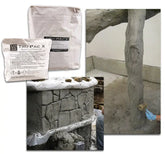
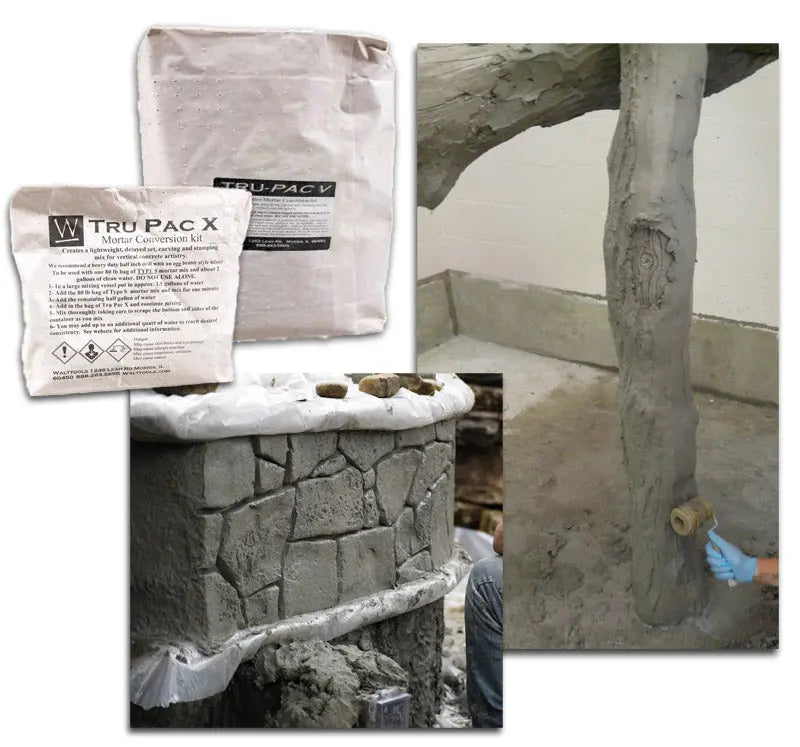
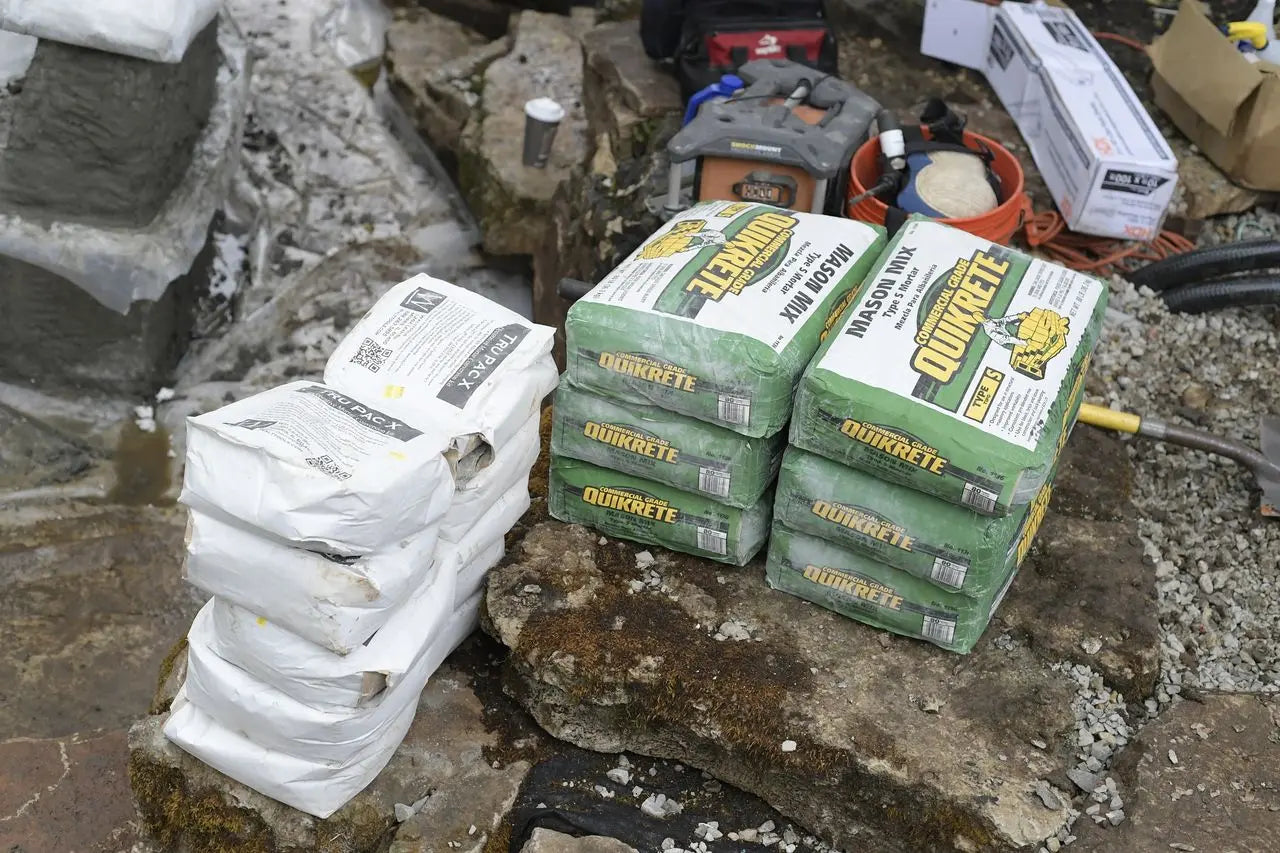
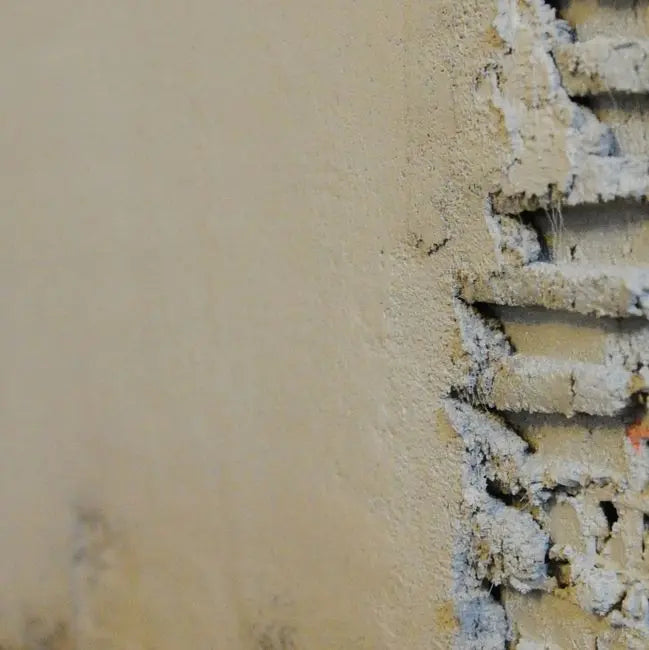
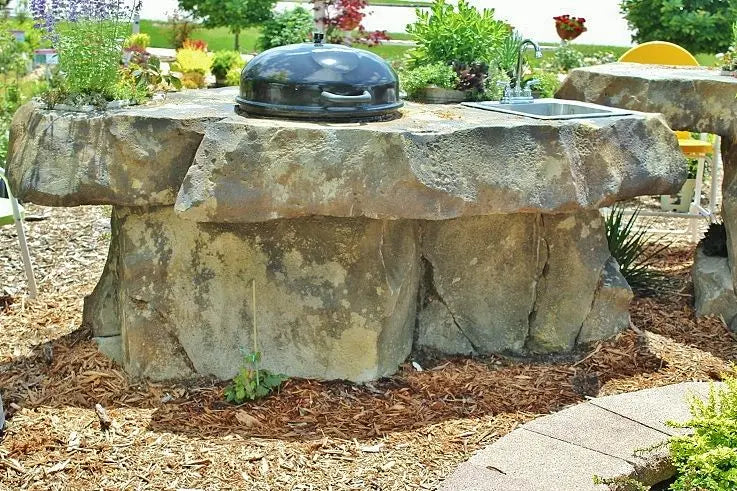
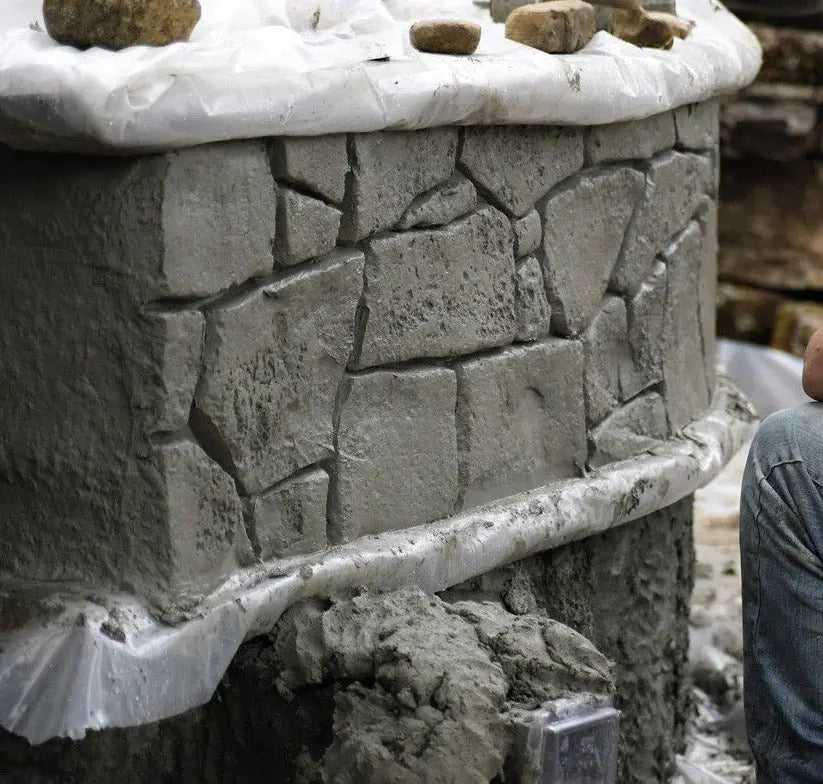
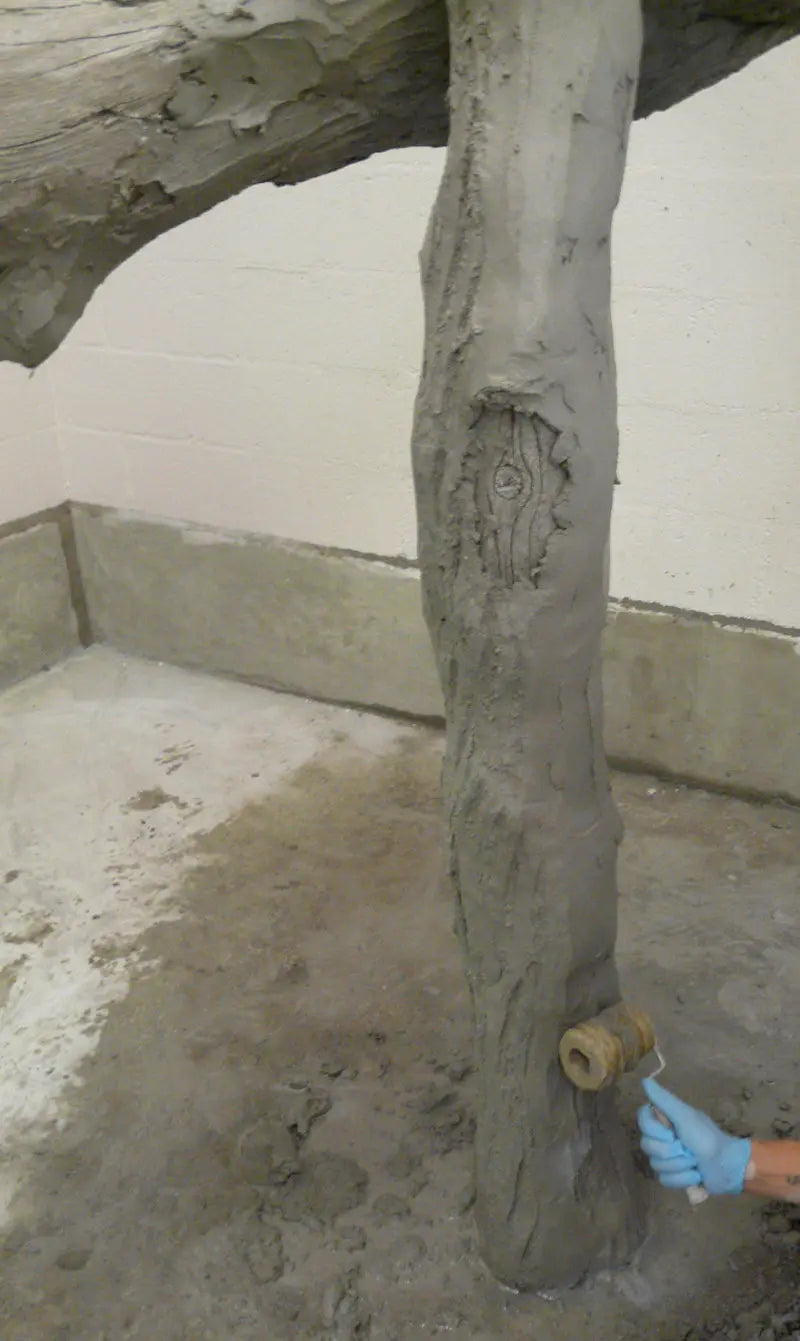
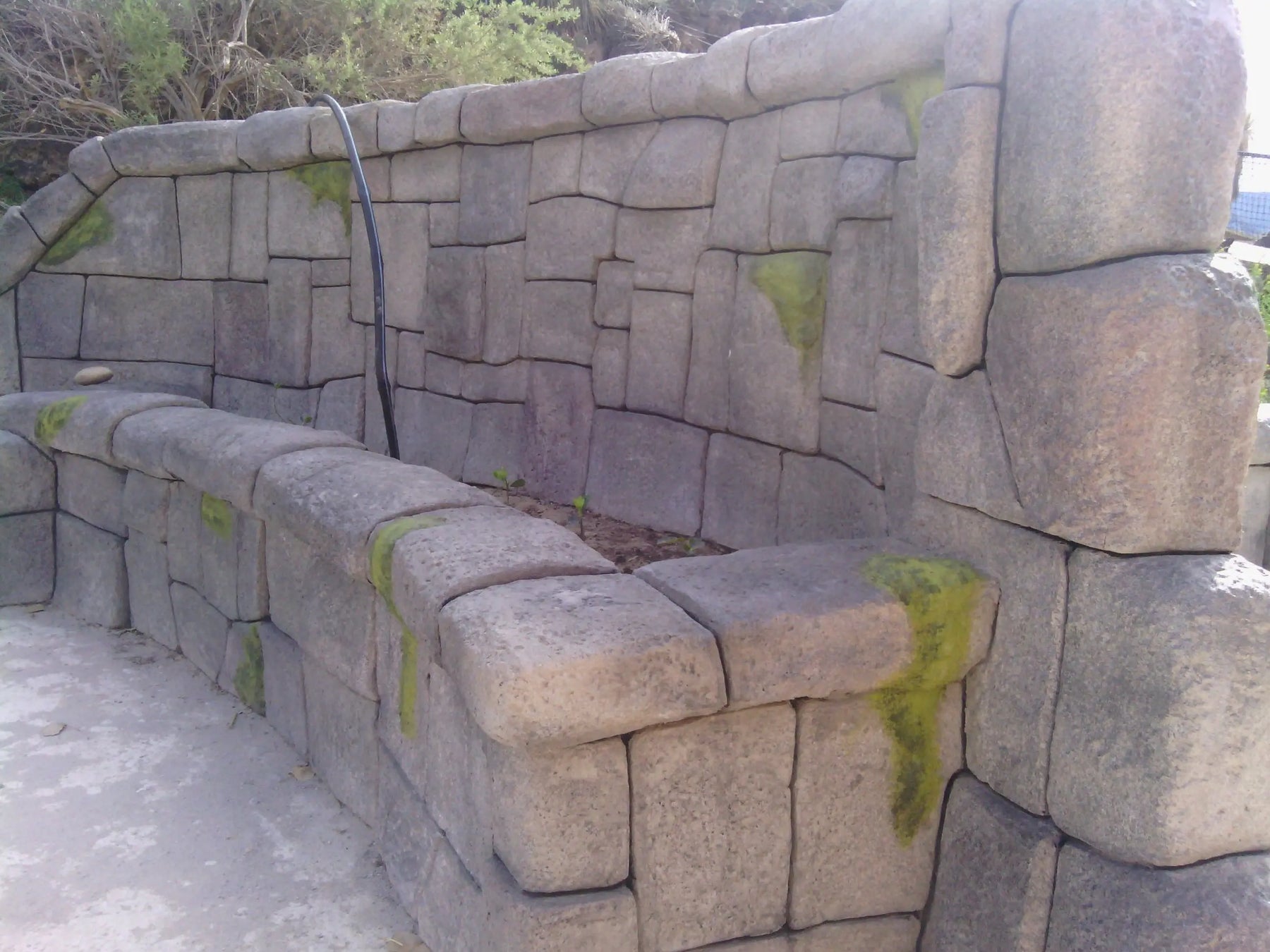
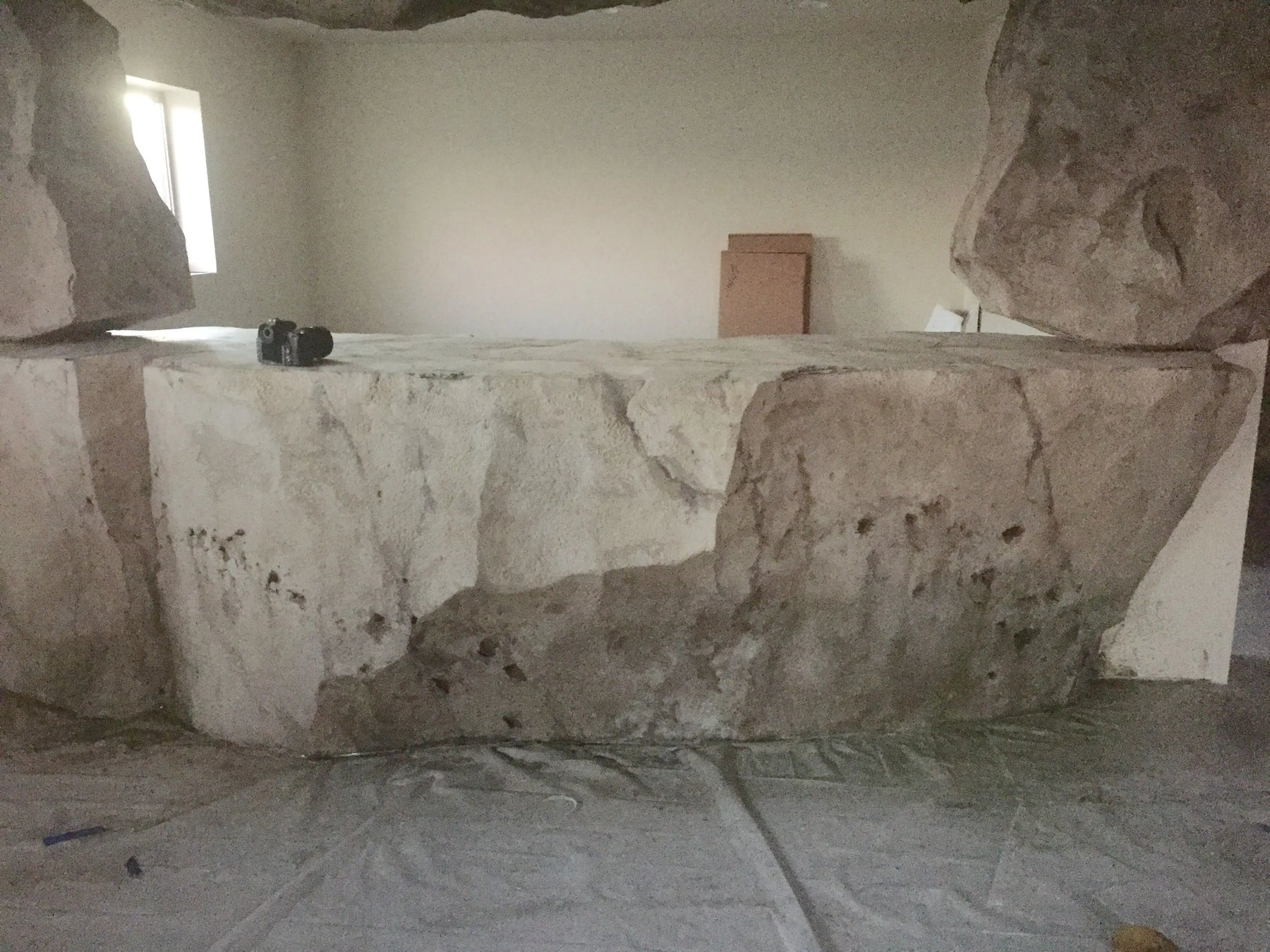
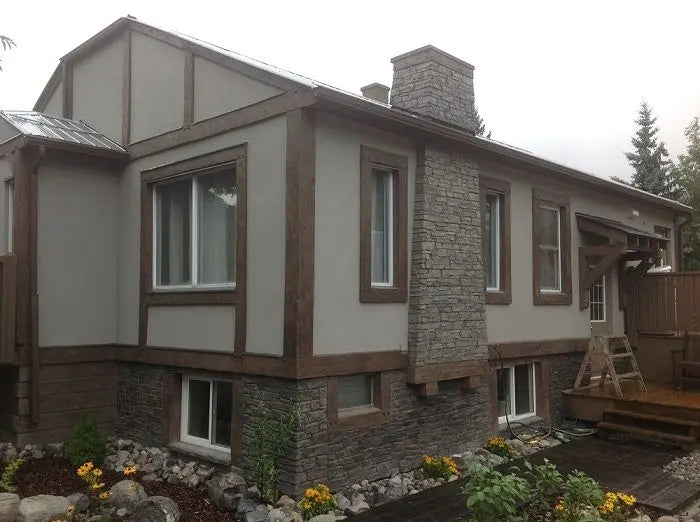
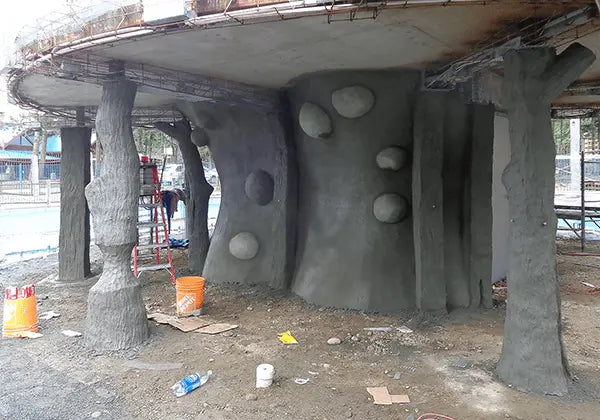
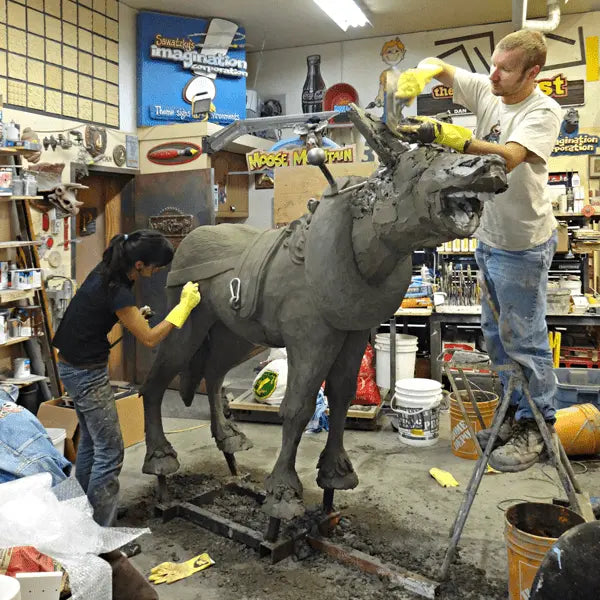
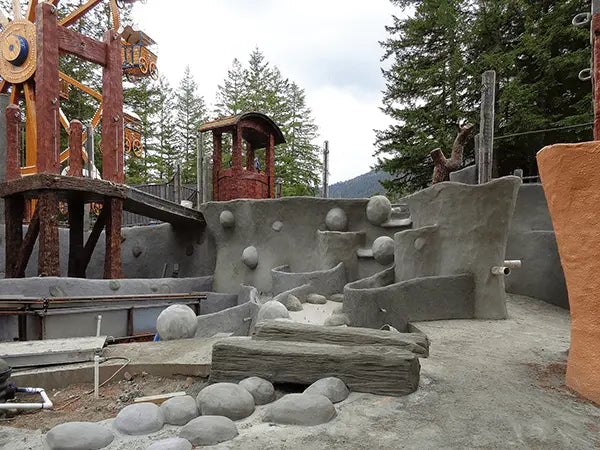
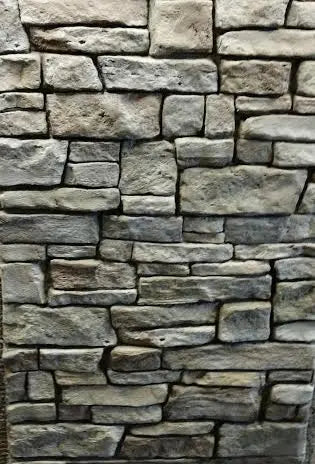
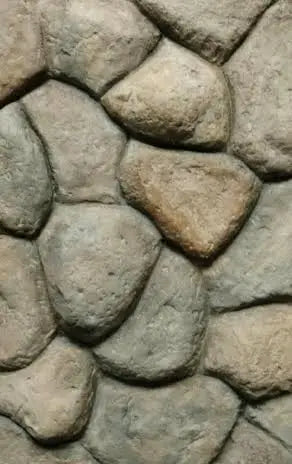
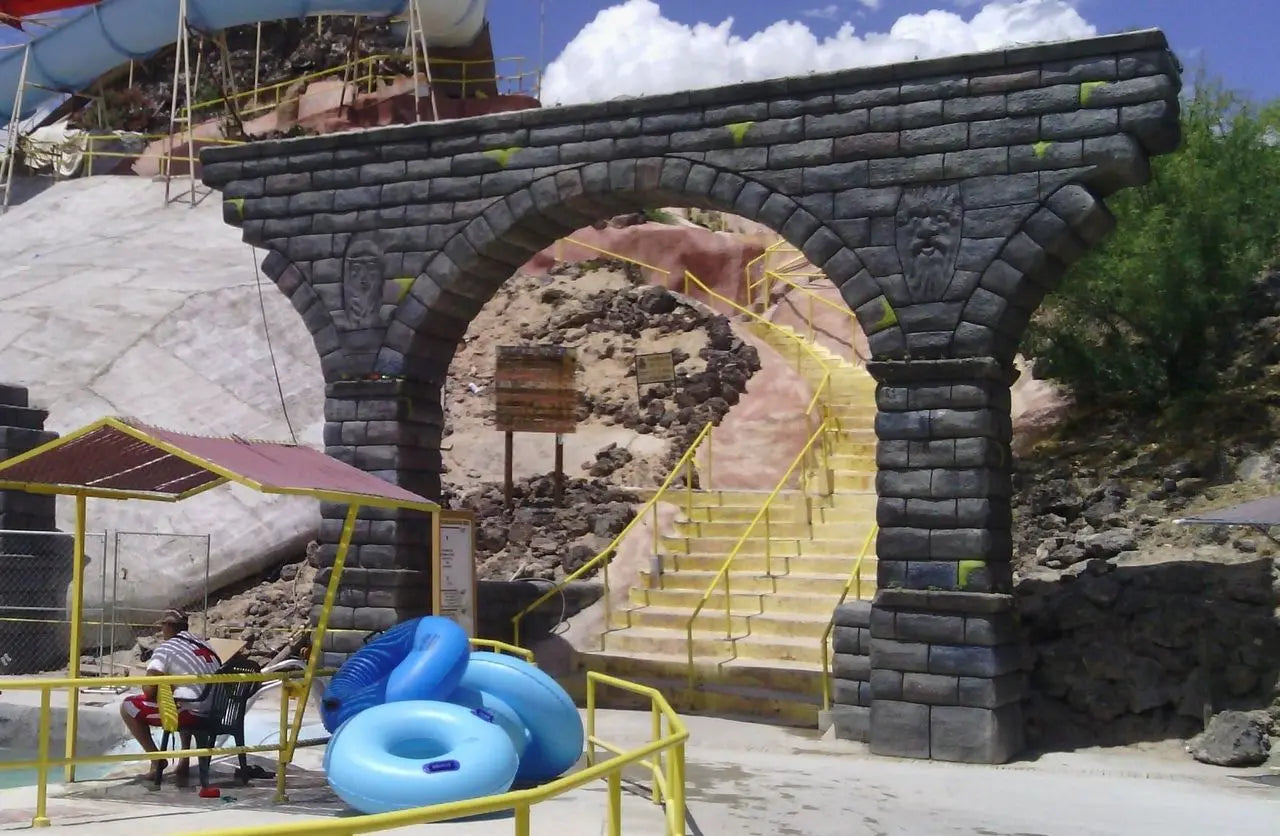
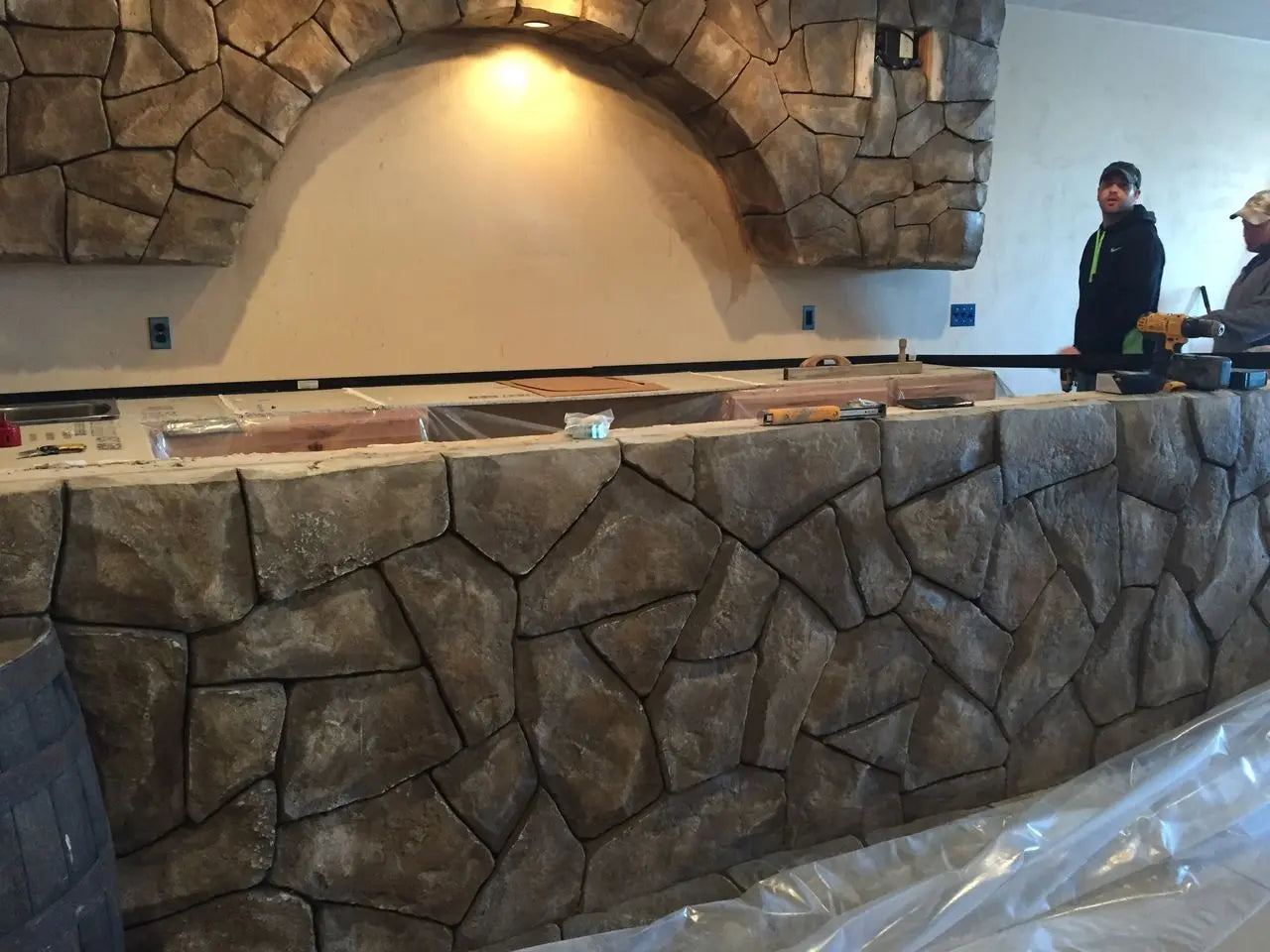
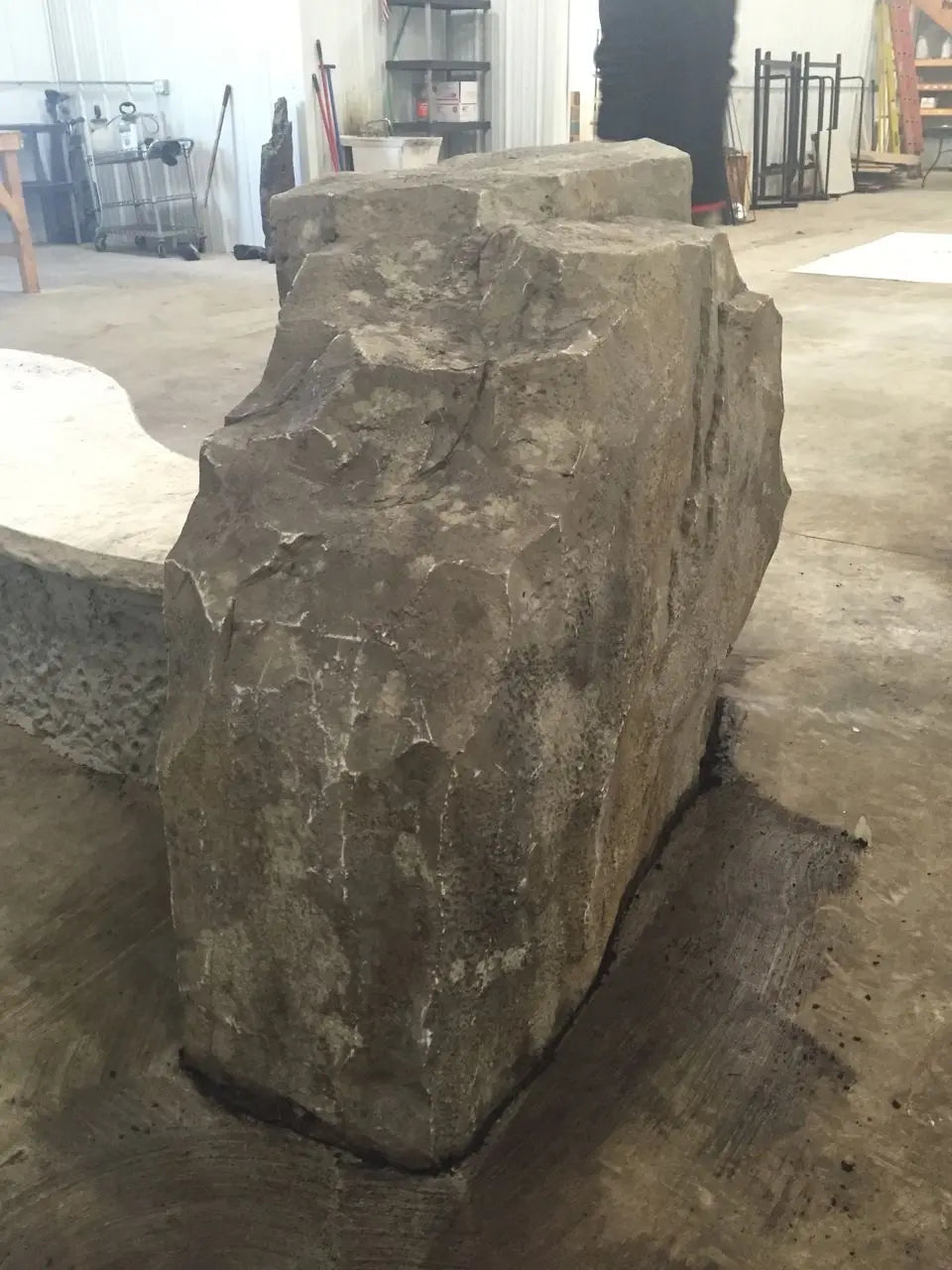
 )
)


